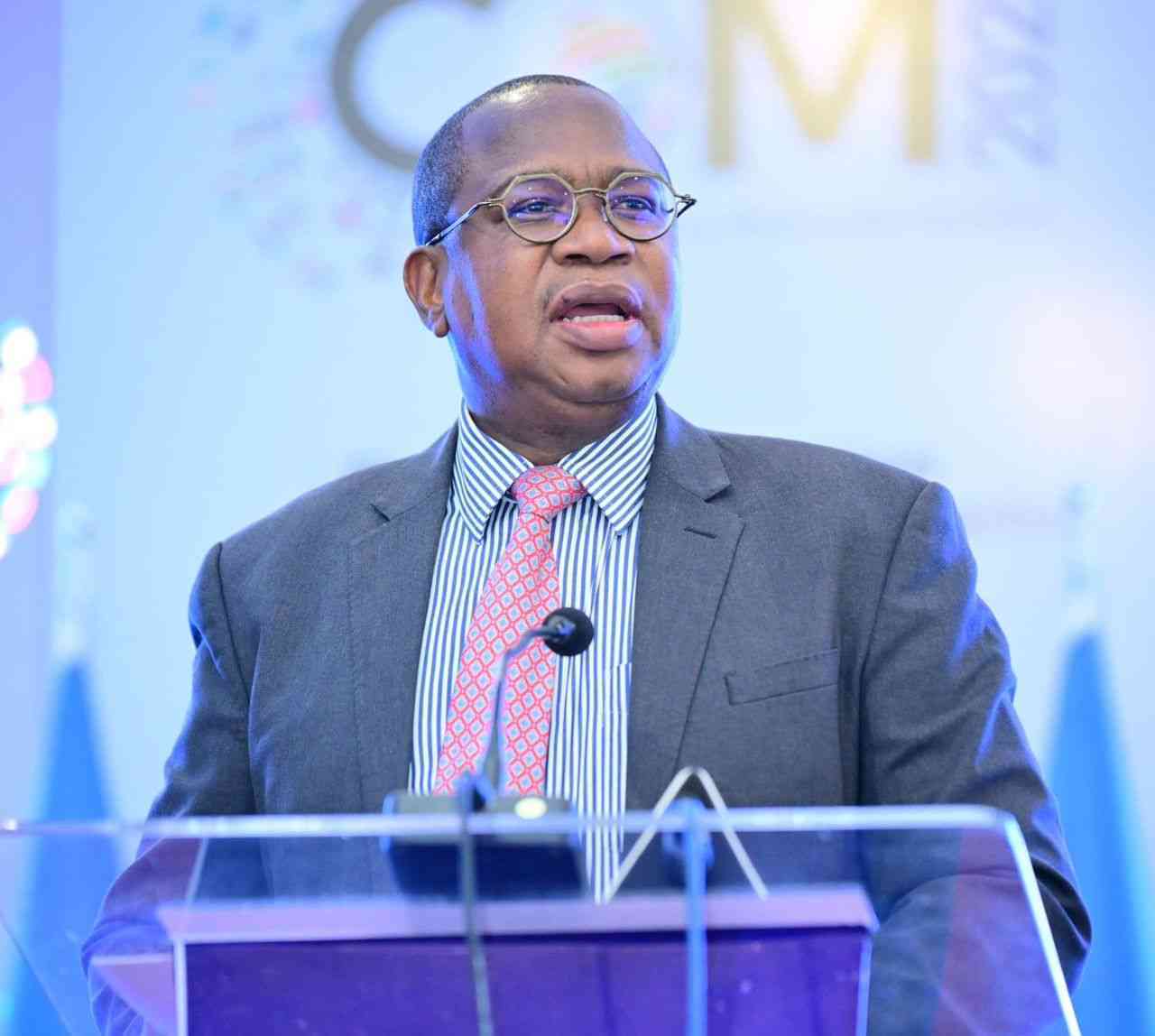
IN an age where media consumption is driven by quick reads and instant reactions, headlines have become the gatekeepers of public perception.
However, the recent misreporting of HIV statistics in Bulawayo underscores a disturbing trend: Sensationalist headlines that prioritise shock value over accuracy.
This not only causes unnecessary alarm but also perpetuates stigma and discrimination, particularly against vulnerable populations.
Headlines are often the first — and sometimes the only — part of a news story that people read. While they are designed to grab attention and drive traffic, this often comes at the cost of accuracy and context.
In Bulawayo's case, headlines falsely claiming that 90% of women tested for HIV were positive created a misleading narrative that local authorities quickly debunked.
The actual HIV prevalence in Bulawayo stands at 11,75%, a far cry from the exaggerated figure reported.
Sensationalist headlines can have far-reaching consequences.
Exaggerated statistics can incite widespread fear and panic, particularly in health contexts, leading individuals to avoid necessary medical tests and treatments due to fear of stigmatisation.
- Revisiting Majaivana’s last show… ‘We made huge losses’
- Edutainment mix: The nexus of music and cultural identity
- Another ETF lists on ZSE
- ChiTown acting mayor blocks election
Keep Reading
Such headlines also reinforce negative stereotypes and contribute to the marginalisation of already vulnerable groups. In this instance, women in Bulawayo were unfairly portrayed, potentially exacerbating discrimination against them.
Moreover, when the public realises that headlines are misleading, it erodes trust in the media, which can have long-term implications for public engagement with important health information and other critical issues.
For instance, during the Covid-19 pandemic, sensationalist reporting on vaccine side effects fuelled vaccine hesitancy, undermining public health efforts.
While journalists may argue that headlines are not the news itself, they must exercise caution, especially when reporting on health issues.
Headlines play a pivotal role in shaping public perception and can significantly influence health-related behaviours and decisions. In matters of public health, journalists must prioritise accuracy and responsibility over sensationalism or profit-driven motives.
Misleading or exaggerated headlines can lead to misinformation, panic, and complacency, ultimately harming public health efforts. Therefore, journalists have a duty to ensure that their reporting, including headlines, serves the public interest and promotes informed decision-making.
Public health stories should be treated with care, focusing on information and education rather than revenue or clickbait. The primary goal should be to accurately inform and educate the public, helping build trust and ensuring that the public receives reliable information to guide their health decisions. Historical precedents show that media sensationalism has triggered public health crises. During the early days of the HIV/Aids epidemic, sensationalist headlines fuelled fear and discrimination against those living with the virus.
This not only stigmatised affected individuals but also hindered public health responses by spreading misinformation.
The impact of these misleading headlines is evident in the reactions of young women from Bulawayo.
One young woman expressed frustration over recurring sensationalism in the media, saying, “First, the idea of HIV stats has risen; at one point it was said that we need US$10 million for condoms, next it’s 90% of Bulawayo women testing positive.”
Another highlighted the growing distrust in mainstream media, stating, “Just because it’s mainstream media, it does not mean it’s correct”.
Others pointed out the broader implications of such headlines, with one comment reading, “Propaganda is not only political,” while another lamented, “Our name as Bulawayo women has been tainted”.
These voices underscore the real-world consequences of sensationalist reporting, including the spread of misinformation and the stigmatisation of entire communities.
Bulawayo has long faced marginalisation, and such headlines only exacerbate the issue. The misreporting of HIV statistics further stereotypes women from Bulawayo, who have for years been unfairly labelled as women of loose morals.
This harmful stereotype is reinforced by sensationalist reporting, which can lead to increased discrimination against women in the region.
Comments on X/Twitter following the article reinforced these stereotypes, with one user tweeting, “The ladies are more afraid of pregnancy than HIV,” and another saying, “Promiscuity is so rampant in Bulawayo. Once you give a woman US$5, they can do anything for you. Very sad”.
Additionally, such articles further discriminate against HIV-positive individuals.
By sensationalising statistics, the media can create an environment of fear and prejudice, making it even more challenging for those living with HIV to seek the support and treatment they need.
This not only affects their health but also their social and economic well-being.
Journalists and media outlets have a responsibility to ensure their reporting is accurate and contextual.
This involves verifying information before publishing it to avoid spreading misinformation.
Providing necessary context helps readers understand the full picture, such as explaining the difference between HIV prevalence and positivity rates, as clarified by Dr Edwin Mzingwane.
Adhering to ethical standards that prioritise public well-being over sensationalism is crucial. Promoting media literacy is essential to counteract the negative effects of sensationalist headlines and misinformation. Media literacy empowers individuals to critically understand and evaluate media content, distinguishing between credible news and misleading or biased information.
By fostering critical thinking, media literacy helps individuals make better choices about what to read, watch, and share, reducing the spread of misinformation.
To combat the harmful effects of sensationalist reporting, integrating media literacy education into school curriculums and community programmes is crucial.
This involves developing comprehensive media literacy programmes that teach critical analysis, evaluation, and creation of media content.
Community leaders and organisations can also host events that teach critical media skills, helping individuals become more discerning consumers of information.
By fostering a culture of media literacy, communities can better protect themselves against the damaging effects of sensationalist reporting. The recent misreporting of HIV statistics in Bulawayo serves as a stark reminder of the power of headlines and the responsibility that comes with them.
Sensationalist headlines can cause unnecessary alarm, perpetuate discrimination, and erode trust in the media. By advancing media literacy and committing to accurate and ethical reporting, we can foster a more informed and cohesive society.
Media literacy is not just a skill but a vital tool for empowering individuals and strengthening democratic processes.
- Gama is a human rights defender and programmes officer at The Girls Table, dedicated to advocating for gender equality and empowering young women.











